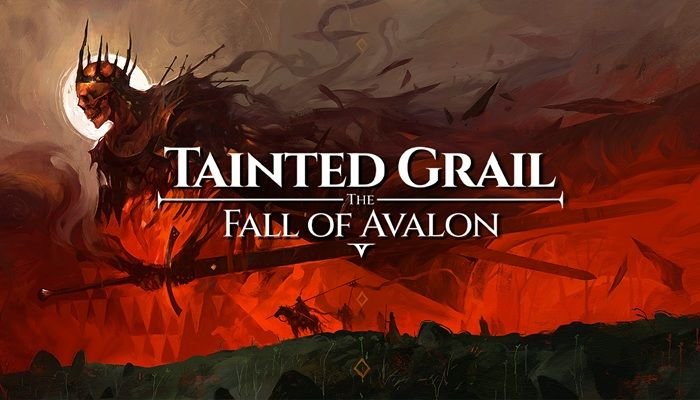I went into Tainted Grail: The Fall of Avalon knowing very little what I was getting myself into, and for anyone interested in my initial thoughts, check out my Review in Progress article. This game is a mix of The Elder Scrolls, a bit of The Witcher 3, and a dash of Elden Ring-inspired environments. It does a good job of pulling you into the loosely based Arthurian tale, and the world setting can look amazing. It keeps drawing me in to explore different sections of the map. But at the same time, Tainted Grail: The Fall of Avalon gets in its own way of allowing players to enjoy the experience fully.
The graphics and art for armor, weapons, enemy design, and overall world setting are fantastic. The first enemy knight I encountered looked great. Almost all the fantasy creatures I've come across have looked amazing. If you are interested in a dark fantasy environment, Tainted Grail: The Fall of Avalon has nailed that feeling. Every time I entered a new area, something visually caught my attention. The developers, Questline, have done an excellent job crafting the world. It makes me want to explore more places and learn how this version of Avalon differs from other books and films I am familiar with.
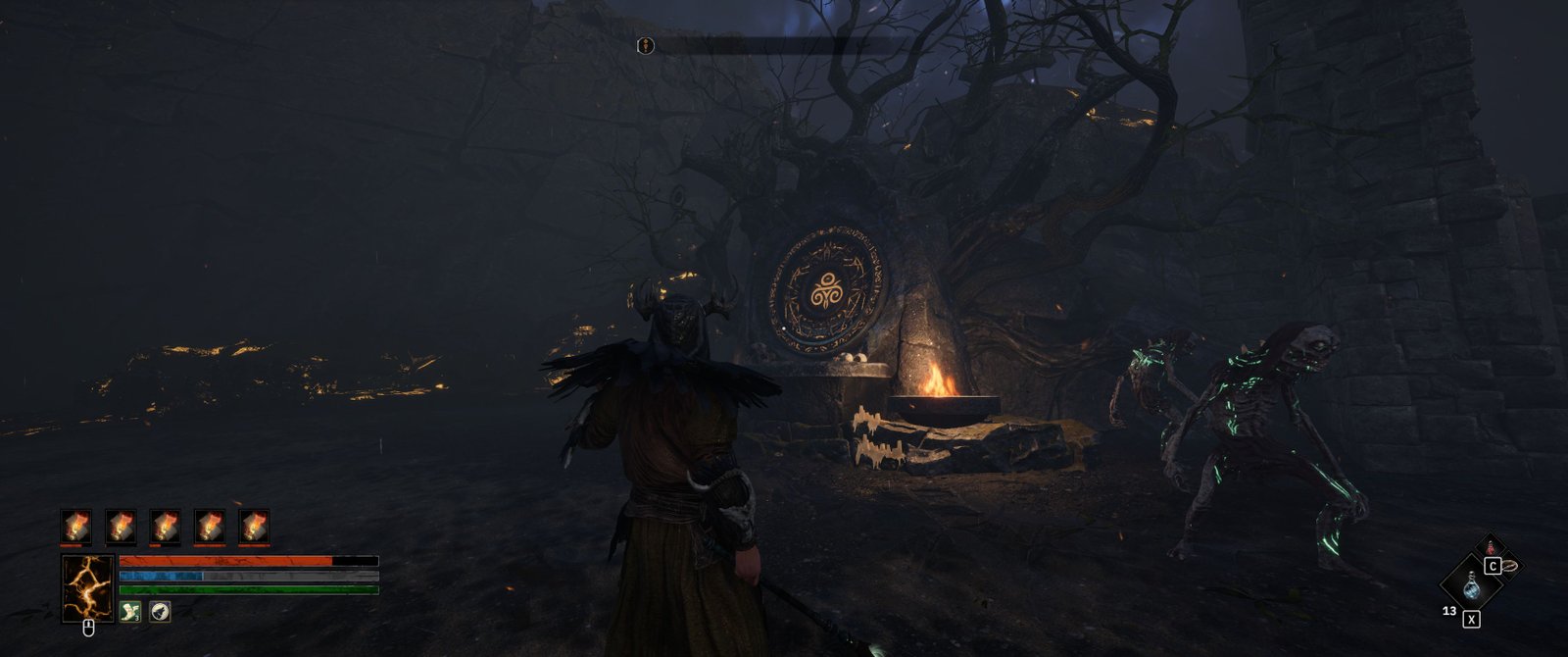
The urge to explore is amplified even further by the occasional narrative at the campfire by Arthur's spirit, who is a permanent resident of your mind during the main storyline. Not only are you experiencing Avalon for the first time as a player, but Arthur is also describing the bits and pieces he remembers from his past life. The developers have also done a good job drawing me into the world further with some side quests and, at times, unexpected plot twists. Some game systems have added more to the experience than I had expected. For example, you can quickly gain a pet in the game if you collect a particular egg in the first area you can interact with. The pet was an unexpected find so early in the game, and I found it a nice touch to my initial experience of exploring Avalon's shores.
Unfortunately, some side quests are quite overly narrative-heavy, and I did find myself clicking the mouse button on more than one occasion to skip the dialogue. I expect some players will find that there is too much dialogue for many side quests. Thankfully, those who find it overly long-winded can skip through quickly. The voice acting has continued to be a mixed experience, ranging from mediocre to very good. On the other hand, the music and sound effect design has been excellent and has only enhanced my exploration of different environments throughout the game.
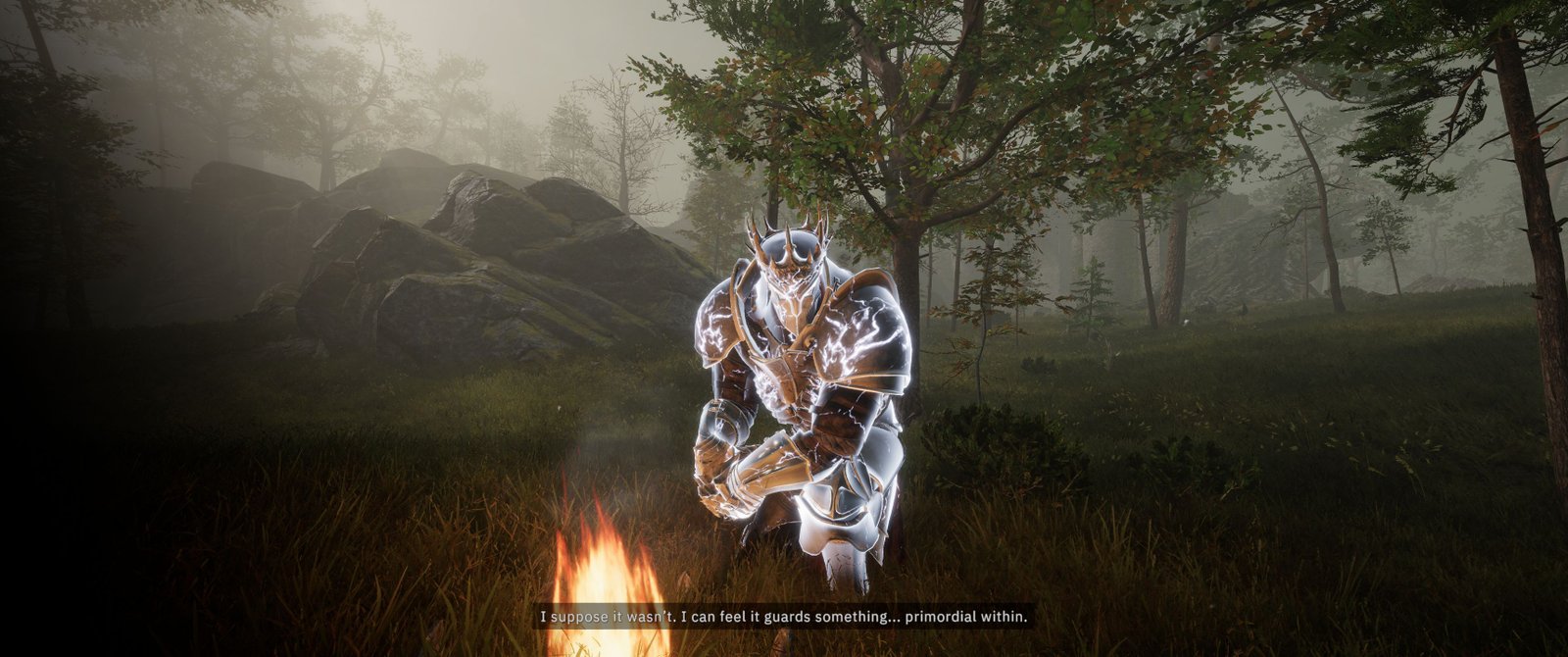
Housing is also an option in the game, though it's still too expensive to consider engaging with it. I also love the day/night cycle and have found myself looking for a good vantage point on more than one occasion as the sun has started to rise. But the more I played, the more I began noticing issues with certain aspects of the graphics. The texture resolution of certain terrain elements sometimes doesn't quite match the rest of the surrounding graphics. Some armor pieces don't quite sit right on the human character model. Players should also not expect the world to be as expansive when compared to similar titles, but I am having fun exploring all the corners of each map for secrets. Still, I am already keenly feeling the limited playable zones of each area.
The developers have also included many quality-of-life features that other games tend to only add in after release. Multiple fast travel points around the map have continued to make traveling back to a quest turn-in or stash locations reasonably easy and quick. The automatic checkpoint saves have saved me a ton of time when I have forgotten the mantra of "save early, save often." Being able to craft from your stash has been welcome. The crafting system has also been easy to use and valuable, but nothing revolutionary or new. I have primarily made potions and enhanced items so far. But the most use I get out of the crafting system is when I need to create quest items. The overall menu system is quick, snappy, and easy to navigate. The game's overall performance on my PC using a Radeon RX 9070 XT has been excellent, and I haven't experienced any crashes.
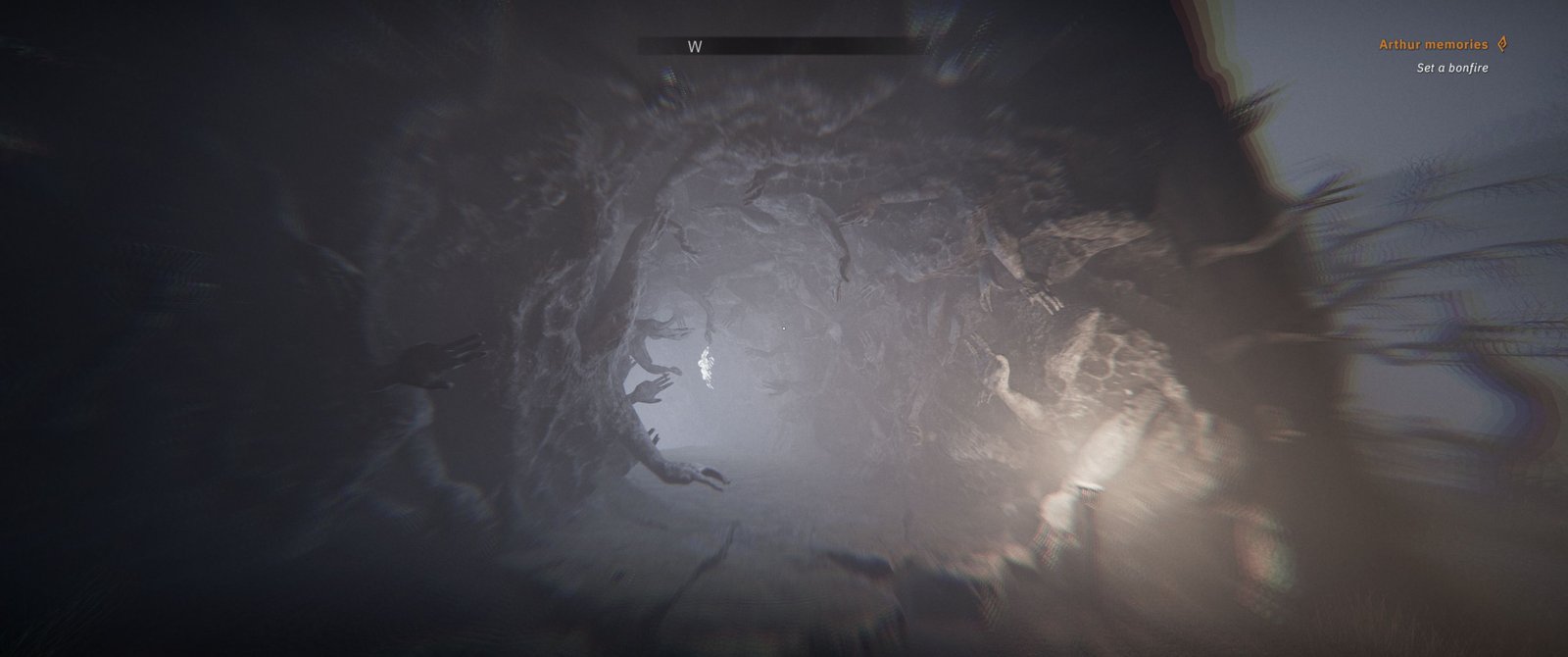
I praised the early game's combat mechanics in my first impressions article but said something felt off. The various weapons do feel very different from each other. Making your choice of weapon is crucial to the combat's overall feel. It also determines where a player will spend their attribute and skill points. But during the early game, swinging a weapon takes a lot of endurance, and you have to take breaks after a few swings for the pool to refill quickly. It often breaks the flow of combat, and in my opinion, is overturned.
Enemy hitboxes are also an issue at times. It can make it difficult to dodge some attacks while making other enemies laughably easy to down quickly. For my initial build, I have continued specifying summons and wands. But as I have continued with my first playthrough, I have come to realize that, like so many other games, pet pathing is horrible in most areas, and at times, so is the enemy pathing—the enemy AI can also be easily trapped and tricked into situations where the fight becomes trivial.
The depth of character-build mechanics is also somewhat lacking for a more modern RPG. There are six attributes: Strength, Endurance, Dexterity, Spirituality, Perception, and Practicality. Players get one attribute point per level to spend. So, to wear the Duel Knight Armor, you need to have 6 STR and 6 DEX. Paying your attribute points as you level up is essential for what items you want access to throughout the game. Each attribute also has three to four skill sub-trees on which players can spend points as a character levels up. Unfortunately, I didn't find the various options within each tree very engaging; they mostly just add percentages to stats or improve the ability to regenerate certain pools depending on the kill rate. Some items also have effects, but most are stat increases or pool regen effects if X occurs. Thankfully, there is a rare potion to respec all of your points.

After my time with the game, I firmly believe that the best way to play Tainted Grail: The Fall of Avalon is from a first-person perspective. You get more of the impact from swinging your weapons to hit enemies, and can fully appreciate the work that has gone into the weapon art design. The third-person camera works just fine, but combat didn't feel as refined, and weapons swings didn't connect visually with the enemies during combat most of the time. The weapon swings were not designed for a third-person camera perspective, but they look OK if you find it more comfortable to play that way.
As I have continued to make my way through the dark world of Tainted Grail: The Fall of Avalon, I have also noticed more and more lack of polish issues. NPCs don't react appropriately, enemies go in the wrong direction when they attack you, and pets wander off in enclosed or difficult-to-reach areas. The early game does feel well-polished, but the later content needed more time in the oven.
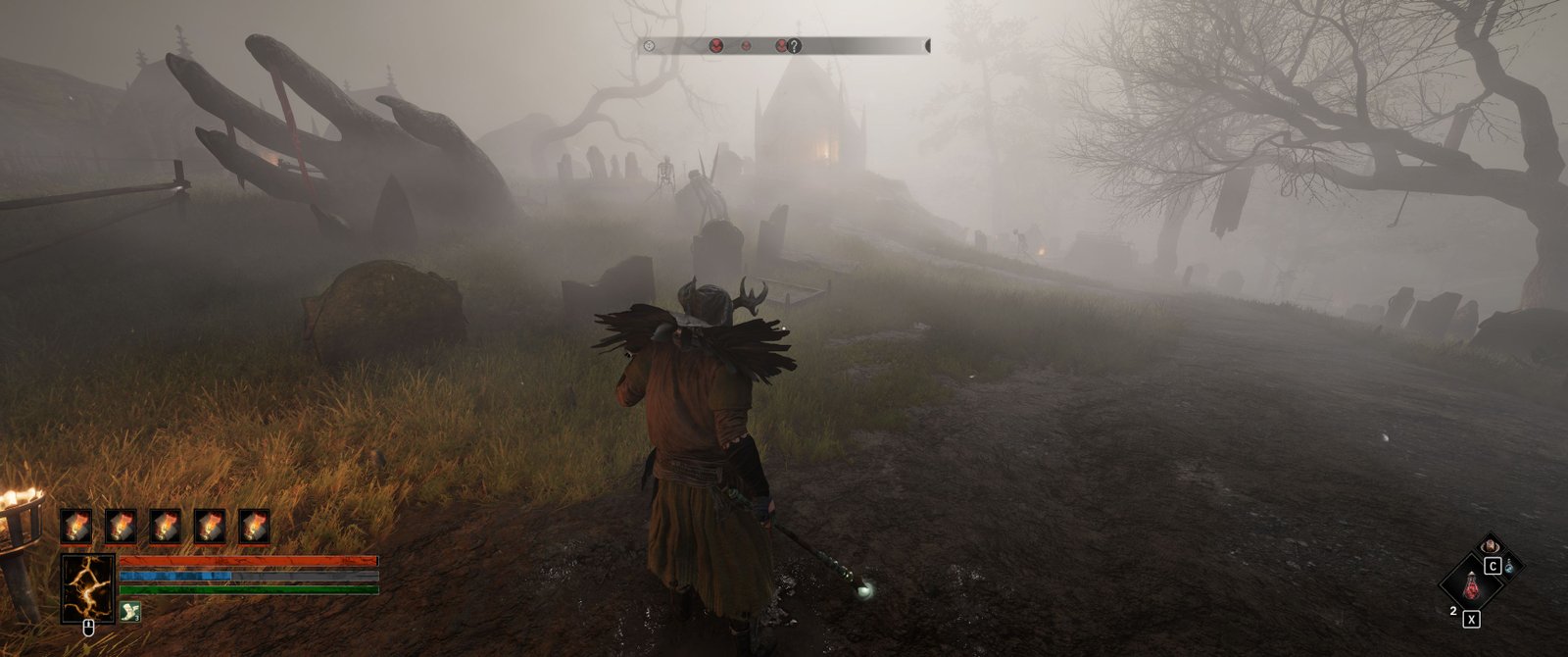
Tainted Grail: The Fall of Avalon is a good game and has the potential to be an excellent game with more patches and polish. It could become a very exciting title if the Questline development team eventually adds more depth to character-build mechanics through DLC, item design, or expansions. In its current state, it is a worthwhile experience if you are looking for another open-world RPG with an interesting storyline, lots of interesting areas to explore, and, at times, a spectacular-looking world setting. But don't expect a fully polished and bug-free experience.
A copy of the game was provided for review.
